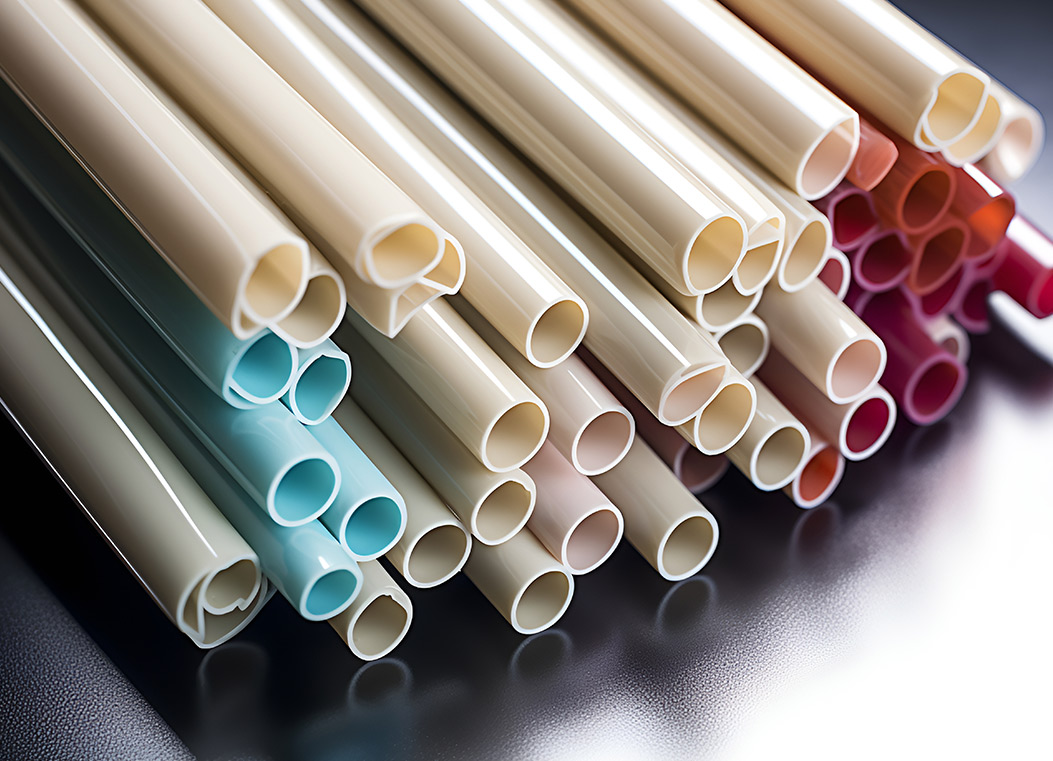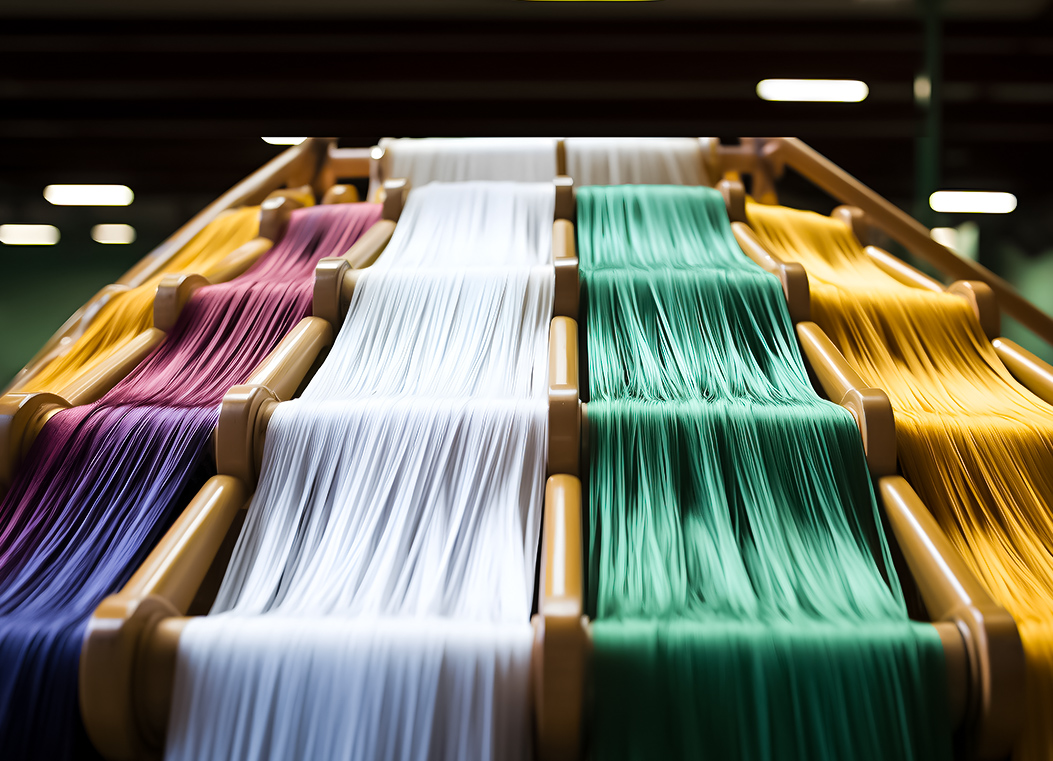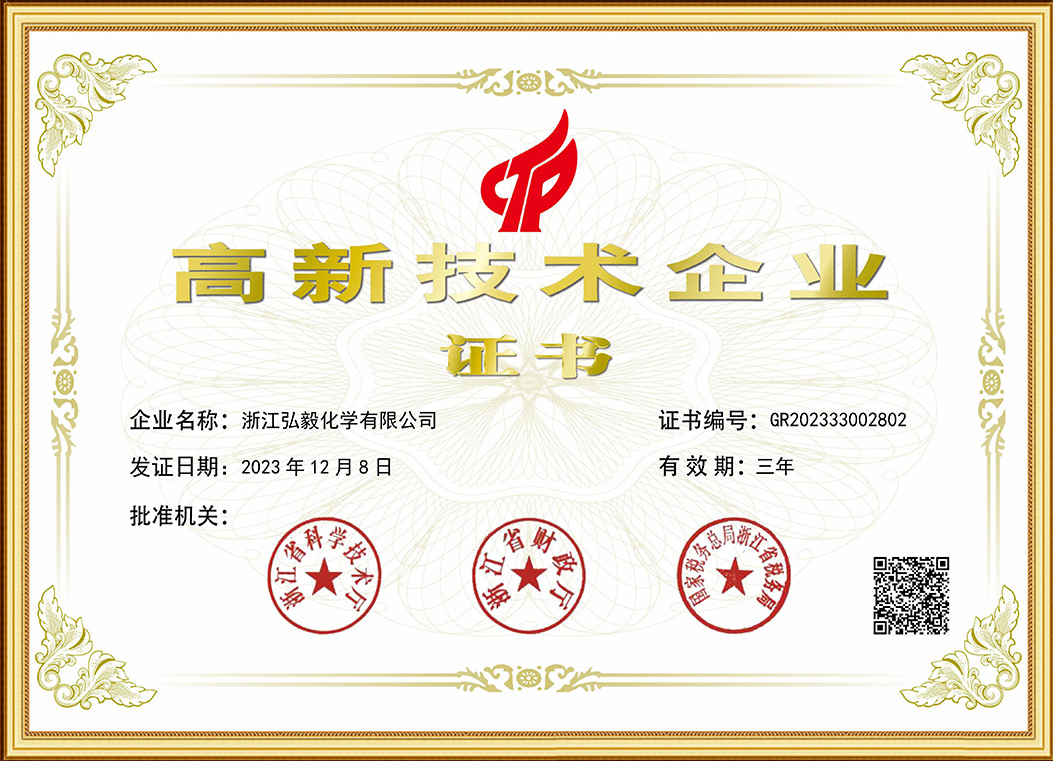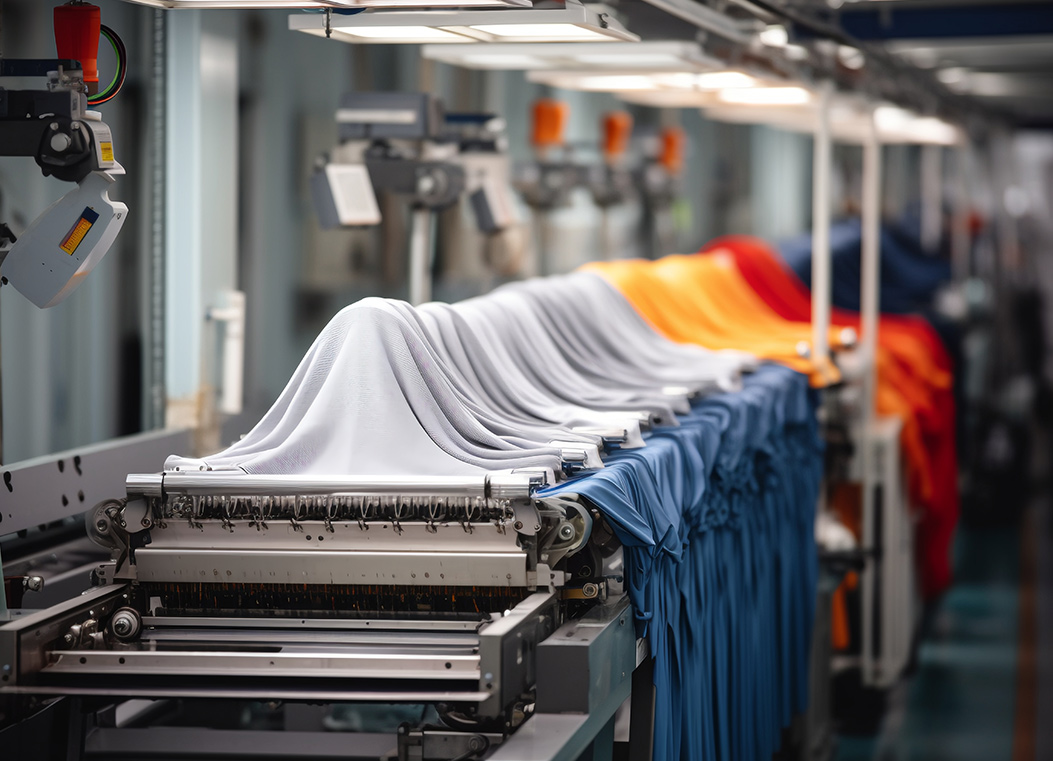The production of ceiling panels and PVC profiles increasingly relies on advanced additive technologies to achieve consistent appearance, better durability and better processing performance. Optical brighteners for ceiling panels and PVC profiles are important functional additives that support these goals. By incorporating the right brighteners into the production process, manufacturers can meet quality expectations while managing efficiency and cost control.

Ensure uniform coloration across production batches
Color consistency remains a key consideration in the production of ceiling panels and PVC profiles. Even small fluctuations in resin composition, filler content or processing conditions can result in visible color differences that may be rejected during inspection. Optical brighteners are specifically designed to counteract the slight yellowing or dulling that occurs naturally in polymer systems over time.
In ceiling panels produced using foamed PVC or filled polymer blends, optical brighteners convert ultraviolet light into visible blue fluorescence. This reaction helps achieve a whiter, cleaner surface without relying on large amounts of pigments. It also improves the product's appeal under a variety of lighting conditions, including fluorescent or LED lighting commonly found in commercial environments.
When used on PVC profiles such as window frames, skirtings and wall moldings, whiteners can perform a similar function, maintaining a uniform surface tone. Profiles that retain their original color over time help reduce the frequency of replacement or renovation, thereby extending service life and improving the predictability of maintenance schedules.
Application Methods and Dosage Considerations
The successful use of optical brighteners is a matter of effective dosing and dispersion. Manufacturers often choose to add directly to the base resin or pre-blend with a masterbatch concentrate. Masterbatch technology can improve dosing accuracy and reduce operational complexity during large-scale production.
Careful dosing is critical, as overdosing can result in an undesirable blue or purple tint. Small-scale trials are often used to determine the balance between whitening efficiency and visual neutrality. Process engineers also evaluate the interaction of the brightener with stabilizers, impact modifiers, and processing aids to ensure that ingredients remain compatible under production conditions.
During the extrusion process, high temperatures and shear forces can degrade the chemical properties of some brighteners. To mitigate this, formulators can select heat-resistant grades that have been proven to maintain performance over extended processing cycles. Quality assurance teams often use spectrophotometers to monitor whiteness and adjust dosage based on observed changes.
Improved Process Stability and Yield
In addition to visual improvements, optical brighteners can also improve processing performance. A stable dispersion of brightener particles helps prevent them from building up on extrusion equipment or die surfaces, reducing the risk of defects such as streaking or surface pitting.
Because ceiling panels and profiles often have complex geometries that require precise dimensional tolerances, any additives used must maintain consistent flow properties in the melt. Some brighteners are specially designed to distribute evenly without agglomeration, supporting more predictable processing and reducing downtime for cleaning or equipment adjustments.
Production teams can integrate monitoring tools to track melt pressure, temperature, and color output in real time. This data supports proactive adjustments to ensure product consistency without lengthy downtime.
Maintaining Appearance Over the Product Lifecycle
Ceiling panels and PVC profiles are expected to remain visually appealing for many years. In ceiling installations, surface discoloration or fading can be particularly noticeable due to large panel areas and overhead lighting. Optical brighteners selected for long-term stability help ensure the material retains its intended brightness even after prolonged exposure to ambient light and temperature fluctuations.
Profiles installed in exterior environments must also withstand ultraviolet exposure and thermal cycling. Brighteners that demonstrate low volatility and resistance to migration are well suited to these conditions, as they remain embedded in the polymer matrix and continue to function over time.
Navigating Regulatory and Market Requirements
As building product standards evolve, manufacturers are increasingly expected to document additive selections and comply with regional regulations. In the European Union, REACH directives require clear identification of chemical components. Similar standards apply in Southeast Asian markets and North America. Selecting optical brighteners that meet multiple regulatory requirements can simplify export logistics and reduce the need for market-specific formulations.
Suppliers often provide detailed technical datasheets outlining performance characteristics, compliance status, and safe handling guidance. Collaborating with additive experts can help production teams confirm that chosen brighteners align with project specifications and customer expectations.
Sustainability and Resource Efficiency Considerations
Sustainability targets are influencing material selection across the building materials sector. By enhancing perceived whiteness and prolonging product lifespan, optical brighteners can indirectly reduce waste associated with premature replacement or frequent maintenance. Some suppliers are also developing brighteners derived from renewable sources or with lower environmental footprints.
These innovations align with broader initiatives to conserve resources and improve the overall lifecycle impact of ceiling panels and PVC profiles. Manufacturers exploring more sustainable product lines often consider how brighteners can contribute to these objectives without compromising performance.
Through thoughtful formulation, consistent process monitoring, and collaboration with knowledgeable suppliers, producers can integrate optical brighteners into production workflows to achieve more stable color, higher process efficiency, and improved long-term product performance. This approach supports both manufacturing competitiveness and the creation of surfaces that maintain their appeal over time.

 EN
EN 中文
中文 ES
ES




.jpg)












